How to tell the new Porsche 911 apart from its predecessors
Even to the most committed car enthusiast, a new Porsche 911 – the latest version of which was just launched in Singapore – can be hard to tell apart from its predecessors.
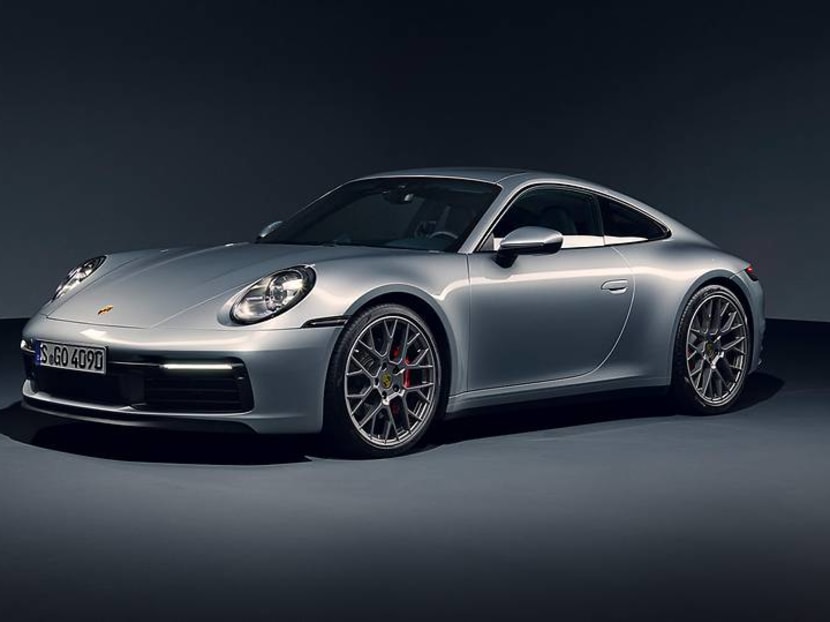
The eighth-generation Porsche 911 has just been launched in Singapore. (Photo: Porsche)
The Porsche 911 is the poster-child of incremental evolution, and apart from its great leap forward with the 996-generation car in 1998, changes to the model have happened at a glacial pace, better measured in geologic time than in model generations.
As such, changes between this new model – codenamed the 992 – over the preceding 991 model are a blink-and-you’ll-miss-it affair.
But never fear, here’s a handy guide to telling the new, eighth-generation Porsche 911 apart from its predecessors, so you too, can bluff your way through a conversation about what is arguably the world’s most iconic sports car.
READ> Porsche’s Asia-Pacific sales outpace global average as it celebrates its 70th anniversary
HIPS DON’T LIE
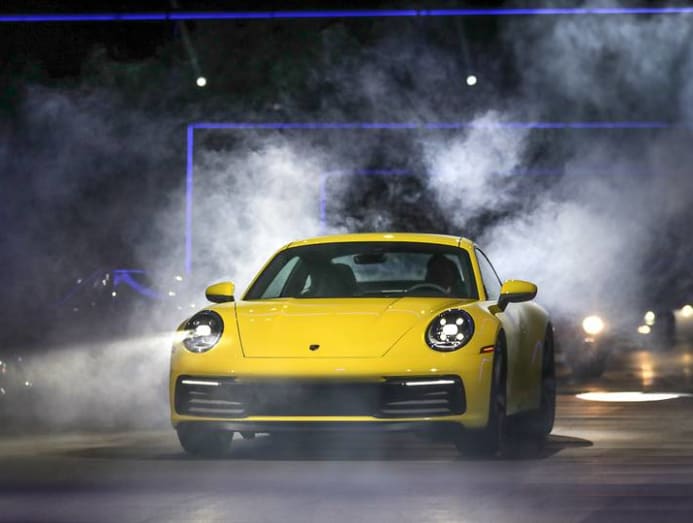
While the new car’s silhouette is largely unchanged from before, its bodywork has been subtly revised. Now, all 911s will have a widebody, a trait once the purview of variants higher up the (extremely) tall model tree.
And that brings along a host of benefits, including wider tyres and wider tracks (the width between the tyres), allowing for more confident handling.
The skin of the car has also been reworked, though you wouldn’t be able to tell, unless you have a mass spectrometer handy. The steel body panels have been replaced with aluminium ones, which bring about some weight savings.
STRAIGHT AHEAD
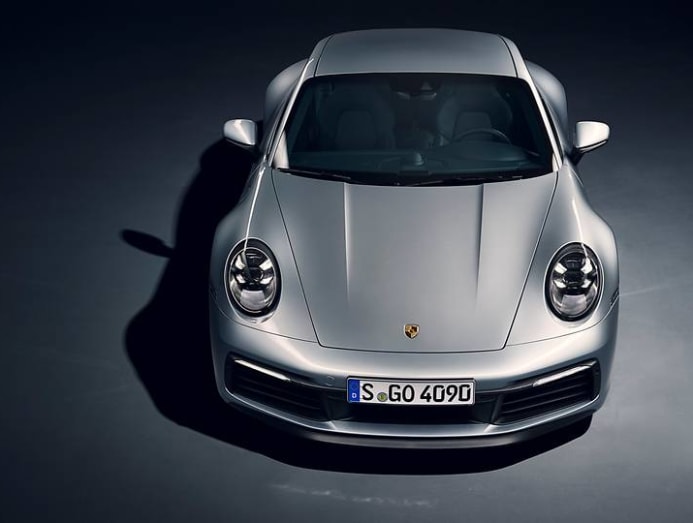
At the front, the new 911 has a redesigned headlight cluster housing all-new LED headlights, though it probably isn’t apparent even to the nerdiest of Porsche fanatics.
What is a little different, however, is its bonnet. No, Porsche hasn’t suddenly had a change of heart and relocated the engine to the front, though the more angular design and squared-off edges of the bonnet, however, is something unique to the new 911.
Well, sort of, anyway. Along with the two creases near the top, the design of the bonnet is supposed to echo the look of 911s from the 1960s and 1970s.
EYEFUL AT THE REAR
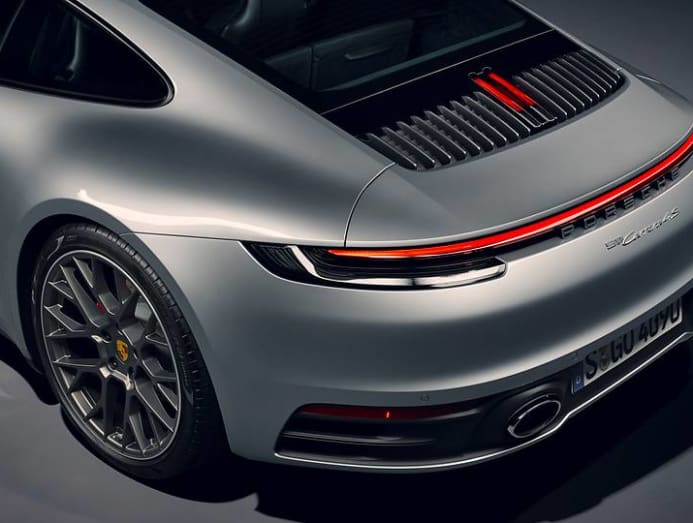
The front of the new 911 may look barely touched, but at the rear, its changes are more readily noticeable.
The new rear bumper hides larger exhaust tips, and we have to say it looks pretty good, presenting a far more integrated look than the car that came before it.
Look a little further up and you’ll notice the biggest change in the new 911 – the new light bar spanning the width of the car and wrapping around the taillights, above which is the full-width rear spoiler.
That’s deployed automatically at speed to generate aerodynamic downforce and stowed at lower speeds to preserve the clean lines of the car’s rear end.
The vertical slats above its engine (thank heavens, the engine is still in the ‘wrong’ place) are a carryover from before, but the vertically-oriented third brake light is a new addition.
Here’s an interesting bit of trivia: Rear-wheel-drive 911s (the Carrera S) have matte black slats, while all-wheel-drive models (Carrera 4S) have chrome-topped slats. It also speaks volumes that Porsche hails this as a “distinguishing feature” of the new car.
READ> Here’s why collectors are snapping up vintage Japanese performance cars
MIRROR’S EDGE
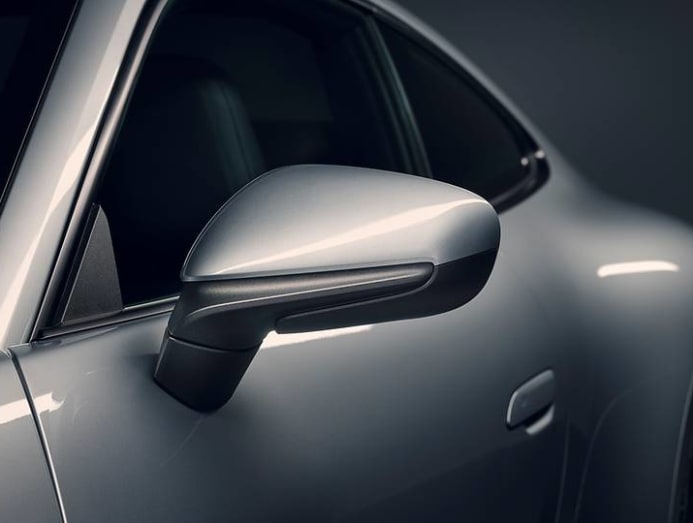
Porsche says the new 911’s wing mirrors have been completely reworked with a new design to not only look better, but to reduce wind noise when the car is travelling at high speeds. A boon, perhaps, to a car that is geared to max out at just over 300kmh.
What’s more interesting, though, is what’s going on just below and behind those wing mirrors.
The new 911 has, wait for it, new exterior door handles that electronically retract when the car is in motion and pop out only when needed. A small change, perhaps, but it does wonders for the smoothness of the car’s profile, presenting a cleaner look for the exterior.
INSIDER TRADING
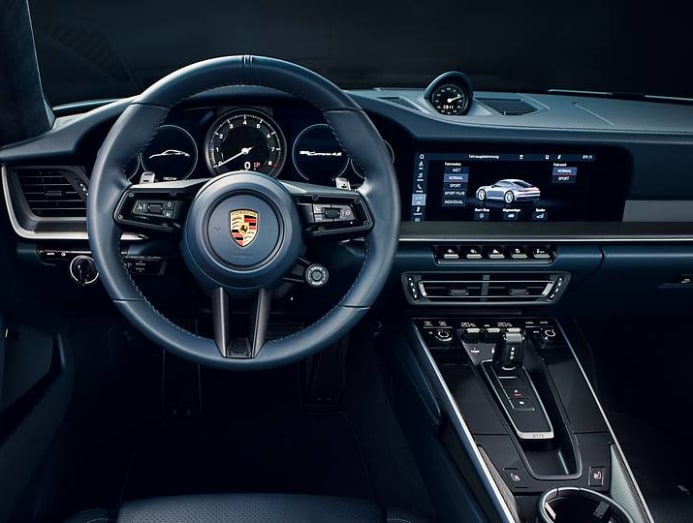
The biggest changes to the 911 come in its interior, an interior that Porsche boasts is the most digitally advanced 911 of all time.
A raft of safety systems, including a Wet Mode as standard, can automatically detect damp tarmac and set up the car accordingly to keep you on the straight and narrow. Automatic collision detection, warning and mitigation systems also keep occupants safe in the event of the unthinkable.
But those aren’t quite so obvious. What is obvious is the new 10.9-inch touchscreen dominating the centre of the cabin. Just off to the side of that is the mostly digital dashboard with configurable displays, so you can show the map, trip data, tyre pressure, engine telemetry or whatever strikes your fancy.
In the centre of it all is a link to Porsches of the past, but of course. The centrally-mounted rev counter is analogue, that is to say it has a physical dial and needle, a throwback to past glories.
And if that isn’t the 911 in nutshell – a glorious melding of the retro and modern – we don’t know what is.



